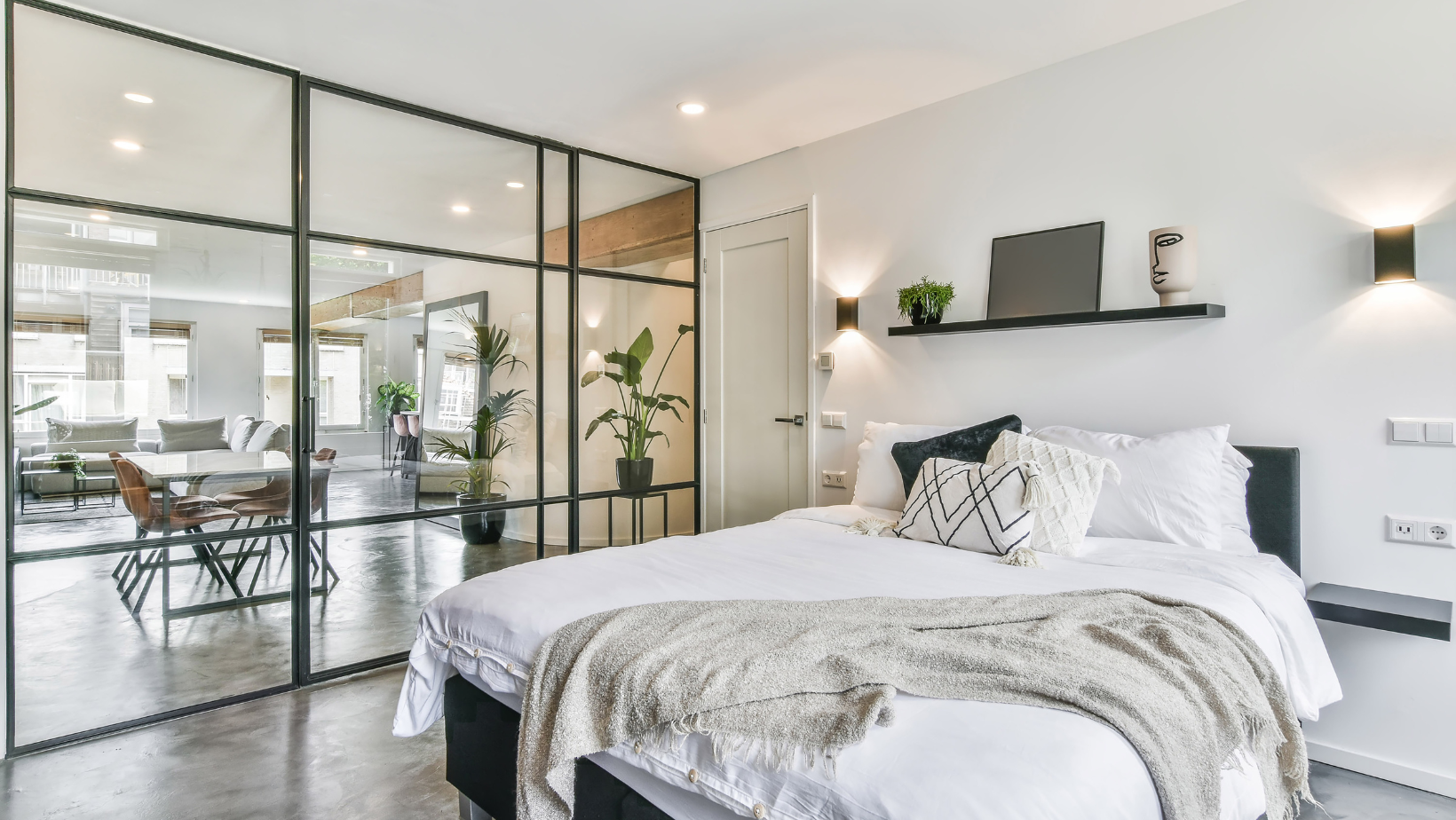DC Staging & Home Presentation
Why is home staging so important when selling a DC property?
Statistics show that staged homes sell faster and at a higher price than empty ones, or furnished homes that aren’t staged. Seem like a lot of work and expense? Don’t worry, follow our home presentation and staging tips and you’ll save time and come out ahead on the sales price.

Why Is Home Staging Important?
In a competitive market like Washington DC, it’s not unusual for homes to contract their first week on market. So why do sellers spend money and effort on presentation and staging? In a word; profit.
- Staging is about presenting a home that appeals to its target buyer and creates an emotional connection. More than 80% of buyers’ agents said staging helped their clients visualize the property as a home they saw themselves in. That translates to higher offers and solidifies commitment.
- Staging also helps minimize drawbacks and call attention to attributes of a home, increasing its perceived value. Vacant homes are presented as more inviting, and carefully selected furnishings provide spatial context.
- If similar homes are the market are staged, an unstaged home will suffer by comparison.
Work With Us
We promote transparency, fairness and outstanding value for your DC real estate representation.
Chat on Whatsapp
Bullet Points
- Staging increases perceived value
- Staging and effective presentation can reduce time from listing to contract
- Stagnig isn’t decorating
Our Staging Tips
Start with a great canvas for all homes:
- Address repairs and updates first. Get our free home evaluation
- Discuss with us: Easy design fixes for floor plan challenges
- Deep Clean. Follow our checklist
- Paint if needed. Walls, ceilings and trim. Which shade is best? Let us suggest!
- Change all light bulbs to 4000k LEDs @ a lumens equivalent min. of 60w per bulb
- Change light fixtures as needed
- Edit window treatments
- Control temperature | 69 degrees 24/7
- Evaluate noise | Potential remedies
- Follow our Curb Appeal Checklist
Now, add to it.
For occupied homes:
- Collaborate with us to identify your target buyer
- Discuss with us: The design profile of your target buyer and how to tailor your home’s appearance to it
- Decide on a color palette and use it throughout the home
- Create a modified staging plan because furnished homes should be styled
- Declutter mercilessly
- Furnish rooms for their intended purpose (a bedroom is a bedroom, not a den)
- Show more floor space, less furniture to make your home look larger
- Remove evidence of pets
- Turn on every light in the home before showings
- Remove garbage cans from sight (and smell)
- Remove small appliances and accessories/tools from kitchen counters
- Avoid use of scent aids. A clean home is the best scent of all
For vacant homes:
- Collaborate with us to identify your target buyer
- Discuss with us: The design profile of your target buyer and how to tailor your home’s appearance to it
- Decide on a color palette and use it throughout the home
- Vacant homes should be furnished. Create a staging or virtual staging plan for interior/exterior
- Leave all lights on at all times
- Place a staging kit under the kitchen sink (trash bin & bags, essential cleaning supplies, tools)
Staging Inspo From Pros
Staging An Occupied Home
Staging an occupied home is more challenging than starting from scratch with a vacant home. There are literally obstacles to good design everywhere–and throughout the home buyers will find challenges to their standards of taste and comfort. Here’s a video–also from Design Time–that might help!
More On Transforming Homes With Staging
1. Appealing to your target buyer
We’ve researched, discussed, and pinpointed your target home buyer using demographics, local market data and neighborhood impressions. Now, our staging and presentation decisions will determine a persona for your home that’s tailored to the that buyer.
Our goal is to sell the home more quickly and for the best possible price by diminishing flaws and playing up attributes. With proper staging and presentation of your DC home, we can create the illusion that small space is larger, dark space is lighter, awkward space is useful and compartmentalized space has good ‘flow.’
Many buyers say they “just knew” when they walked into the house they purchased. They felt it reflected their personalities, style and needs. Rather than kismet, this is more often the result of buyer demographic research and good staging and presentation. Buyers will even purchase a home that doesn’t meet all their layout criteria if it is designed to feel like [their] home.
2. Crreate staging “moments”
Outstanding DC home staging creates “moments” throughout the home that are consistent withe the “persona” you’ve selected for it based on the profile of your target buyer. These relate particularly to perceived lifestyle as reflected in small details throughout the space, rather than standard furnishings dictating its use. Buyers will refer to these ‘moments’ and talk about them later. They’re “tags” for your home, so make them memorable!
3. Staging, not decorating
Aren’t decorating and home staging the same thing? No. As homeowners, we decorate spaces to our taste and often create rooms with strong colors, statements and objects that appeal to our taste, history and lifestyle. That’s decorating. A home for sale becomes a product to be packaged to appeal to the buyer. Good staging suggests the best use for each area of the home, alluding to spaciousness, light, and practicality even where none exists. It downplays flaws and enhances attributes. ON of its goals is to appeal to everyone. So when your stager and agent start discussing the rearrangement or total reimagining of your home, don’t take it personally. It’s just packaging. If they offered their own homes for sale, chances are they’d do exactly the same.
4. Pro Stagers
Professional stagers are designers who should be skilled in making a home feel appealing and inviting, whatever its flaws, and in creating spaces that not only appeal to all the senses, but to the imagination and photographer’s lens. They should know when to stop before it is “too much,” how to make small or disproportionate rooms look large and symmetrical and whip up sumptuousness on a budget. Balance, theme, color palette, texture, sensory stimulants… all are components of professional DC home staging.
We highly recommend hiring a professional stager as a component of listing your home. A pro can point out potential problem areas, suggest ways of eliminating or minimizing them, offer ideas on playing up the home’s attributes and create value that spurs buyers to make higher offers, and act quickly.
How much does it cost? Plans vary by staging company, level of sophistication, home size, duration, and deadline.

